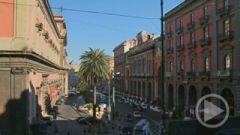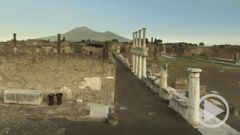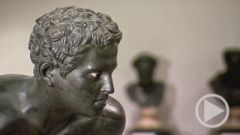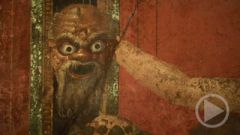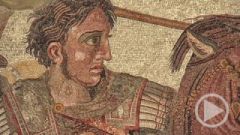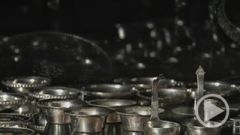The Secret Cabinet
The Secret Cabinet
This, too, was part of Roman life. Even during the earliest excavations archaeologists had found masses of sexually explicit objects. Obscene statues – pornographic scenes – bestiality! These things decidedly did not fit the image of a noble advanced civilization – and they met disapproval from the prudish, “educated” middle class. The finds were shut away in a separate department and shown only to ‘people of irreproachable morals’ – which in practice meant elderly men. In the 19th century the Secret Cabinet was bricked up altogether – as if to remove the offensive objects from public consciousness.

But some of the pictures are certainly intended to show sexual content. Greco-Roman mythology provided plenty of ribald scenes. Such unambiguous illustrations were surely designed for imitation – not only in brothels. For the Romans, eroticism and sexuality were normal aspects of life that they accepted without inhibitions.
That is yet another insight provided by the excavations of Pompeii and Herculaneum. These sites where thousands were killed in the space of a day have taught us so much about life two millennia ago.

Even now, at the foot of Vesuvius, beneath the thick layers of lava, ash and soil lies an immeasurable treasure for coming generations of archaeologists. As technology improves they may bring more secrets of this vanished world to light. And perhaps that will once again revise our view of Greco-Roman culture, a culture that marked the whole of Europe and much of Asia for ever.


